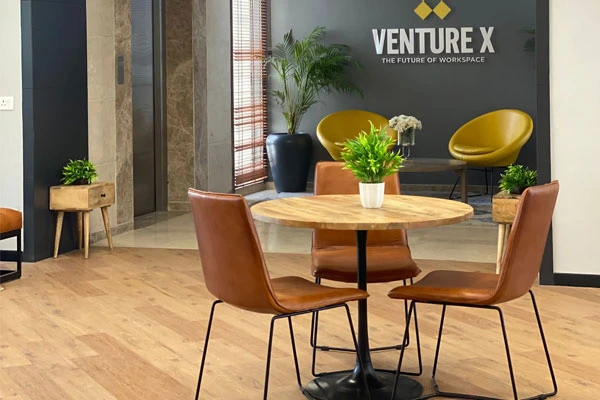The dynamic business environment of today’s world has gotten the world’s top organizations to think about employee productivity holistically. While various factors contribute to productivity, one often overlooked element is the workspace itself. Everything about where the employee is working, the design, the layout, and available amenities in a workspace can significantly influence how effectively employees work. But what does the data say? Let’s look at some stats and research to uncover the tangible impact that a workspace has on employee productivity.
Understanding the Relationship
The link between workspace design and productivity isn’t a mere hypothesis – it’s backed by compelling research. Studies from renowned institutions like Harvard Business Review and the Journal of Environmental Psychology highlight the undeniable.
According to Fellowes Workplace Wellness Trend Report.
● An overwhelming majority (87%) of workers would like their current employer to offer healthier workspace benefits, with options ranging from wellness rooms, company fitness benefits, sit-stands, healthy lunch options, and ergonomic seating.
● 93% of workers in the tech industry said they would stay longer at a company that would offer healthier workspace benefits, with options ranging from wellness rooms, company fitness benefits, sit-stands, healthy lunch options, and ergonomic seating
The Open vs. Private Debate
The debate between open-plan offices and private offices is a common one. While open-plan layouts foster collaboration, they can also lead to distractions and decreased concentration. According to a study published in the “Journal of Applied Psychology,” open-plan offices had a negative impact on both perceived productivity and overall job satisfaction.
The Ergonomics Advantage
An uncomfortable chair or a poorly positioned computer can lead to a lot of discomfort, stress, and reduced efficiency. Research from the International Journal of Occupational Safety and Ergonomics demonstrates that investing in ergonomic furniture positively impacts employee performance and well-being.
The Role of Natural Light
Natural light isn’t just an aesthetic preference; it’s a productivity booster. A study by the Swiss Federal Institute of Technology found that employees working in spaces with ample natural light reported better sleep quality, increased physical activity, and higher productivity. Natural light regulates circadian rhythms, boosting alertness and reducing fatigue.
Venture X and the Productivity Paradigm
Venture X is known for its commitment to creating environments that enhance productivity. Our design-forward spaces prioritize both collaboration and focused work. With a variety of work settings, from open communal areas to private offices, professionals can choose the environment that aligns with their tasks.
Boosting Productivity: The Takeaway
The numbers don’t lie – workspace design directly impacts employee productivity. Organizations that invest in thoughtful layout, ergonomic furnishings, and elements like natural light are rewarded with a workforce that’s more engaged, focused, and efficient. By providing an environment that caters to different work styles and prioritizes employee well-being, businesses can not only boost productivity but also attract and retain top talent.
As companies continue to embrace the evolving concept of work, it’s clear that the workspace isn’t just a physical location – it’s a strategic asset that can drive performance, innovation, and ultimately, business success. The data reinforces the significance of creating workspaces that empower employees, demonstrating that a well-designed environment isn’t a luxury, but a necessity for thriving in today’s dynamic and competitive landscape.




